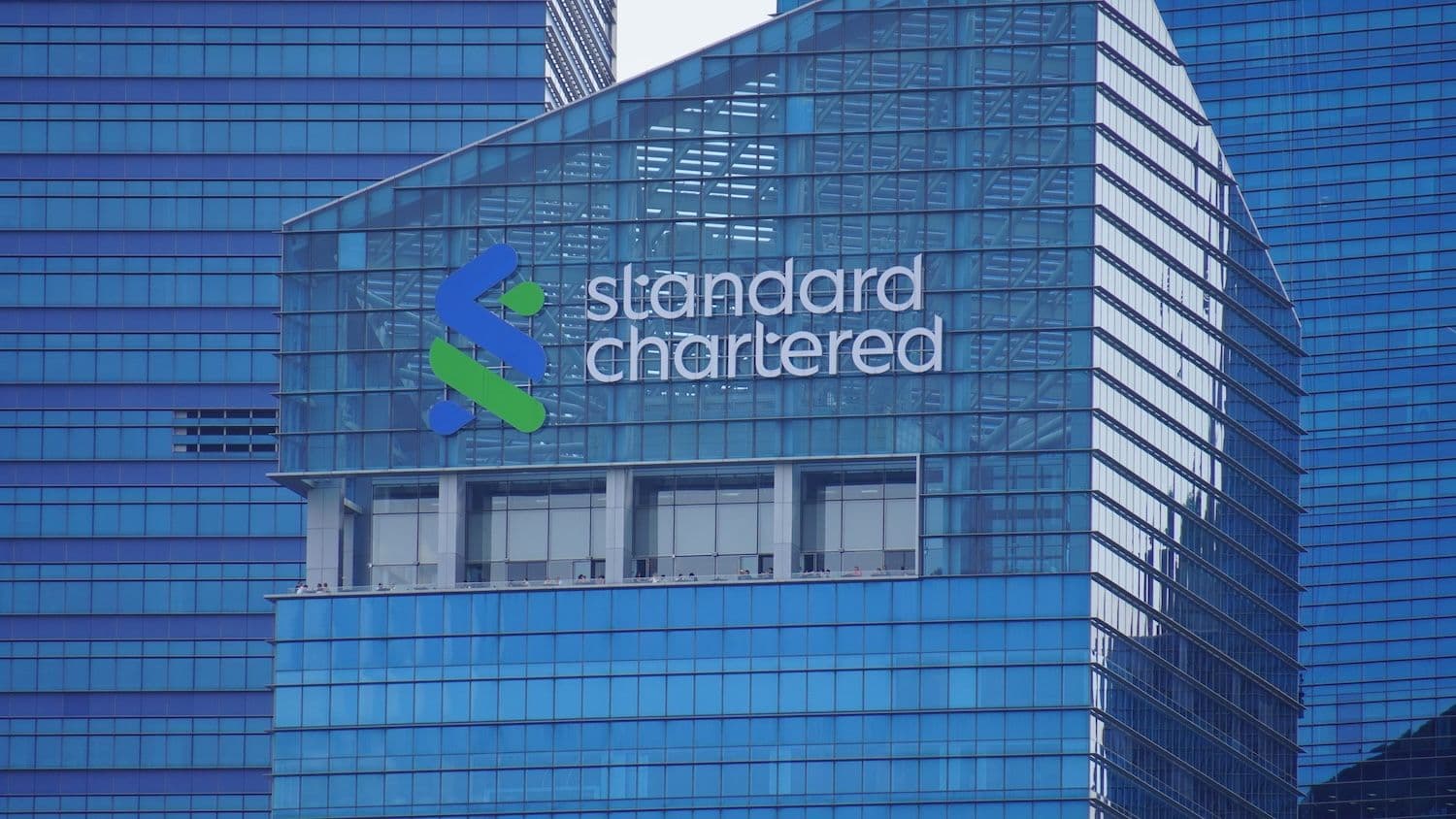Standard Chartered analyst Geoffrey Kendrick on Friday set a fresh target for Bitcoin, forecasting the cryptocurrency to reach $135,000 in Q3, citing a combination of macro uncertainty from the U.S. government shutdown and strong inflows into Bitcoin ETFs as key drivers.
In a note sent to Yellow.com, Kendrick noted that while Bitcoin has been performing steadily, the current market conditions, particularly elevated U.S. Treasury term premiums and ETF dynamics, indicate that the asset is poised for a fresh all-time high.
Kendrick explained that Bitcoin’s current response to U.S. government risks differs significantly from previous shutdowns, such as the one between December 2018 and January 2019.
“During the previous Trump shutdown, Bitcoin was in a different place than now, so it did little. However, this year Bitcoin has traded with ‘US government risks’ as best shown by its relationship to US Treasury term premium,” he said.
Polymarket data shows a 60% probability that the current shutdown could last 10–29 days, suggesting that a near-term resolution is unlikely and providing upward momentum for Bitcoin.
ETF flows also underpin Kendrick’s bullish outlook. While gold ETF inflows have recently outperformed Bitcoin ETFs, he expects that dynamic to change soon.
Net Bitcoin ETF inflows currently stand at $58 billion, with $23 billion added in 2025 alone.
Kendrick projects that at least another $20 billion could flow into Bitcoin ETFs by year-end, supporting a potential price rise to his $200,000 year-end target.
The analyst anticipates Bitcoin to achieve a fresh all-time high next week, with his Q3 forecast of $135,000 likely being reached shortly thereafter, approximately one to two weeks later than initially predicted.
He emphasized that the market now appears ready for this next stage, signaling strong seasonal momentum heading into October.
The analyst also highlighted that while Bitcoin has been steadily rising, ETF inflows and macro conditions are critical indicators of acceleration, positioning Bitcoin as a key beneficiary of safe-haven demand amid fiscal uncertainty.

